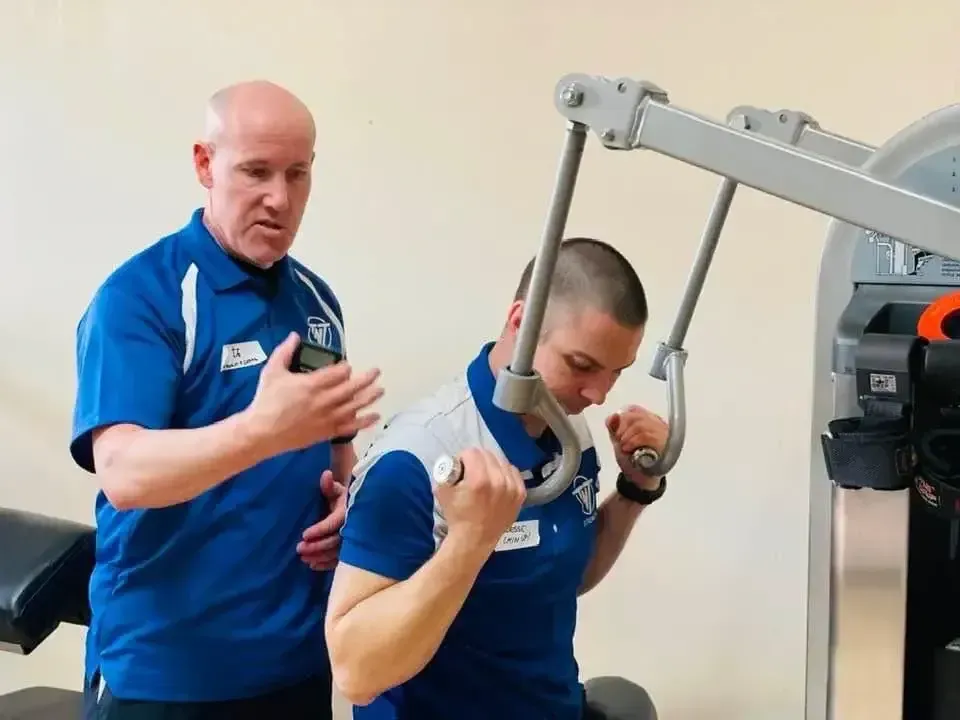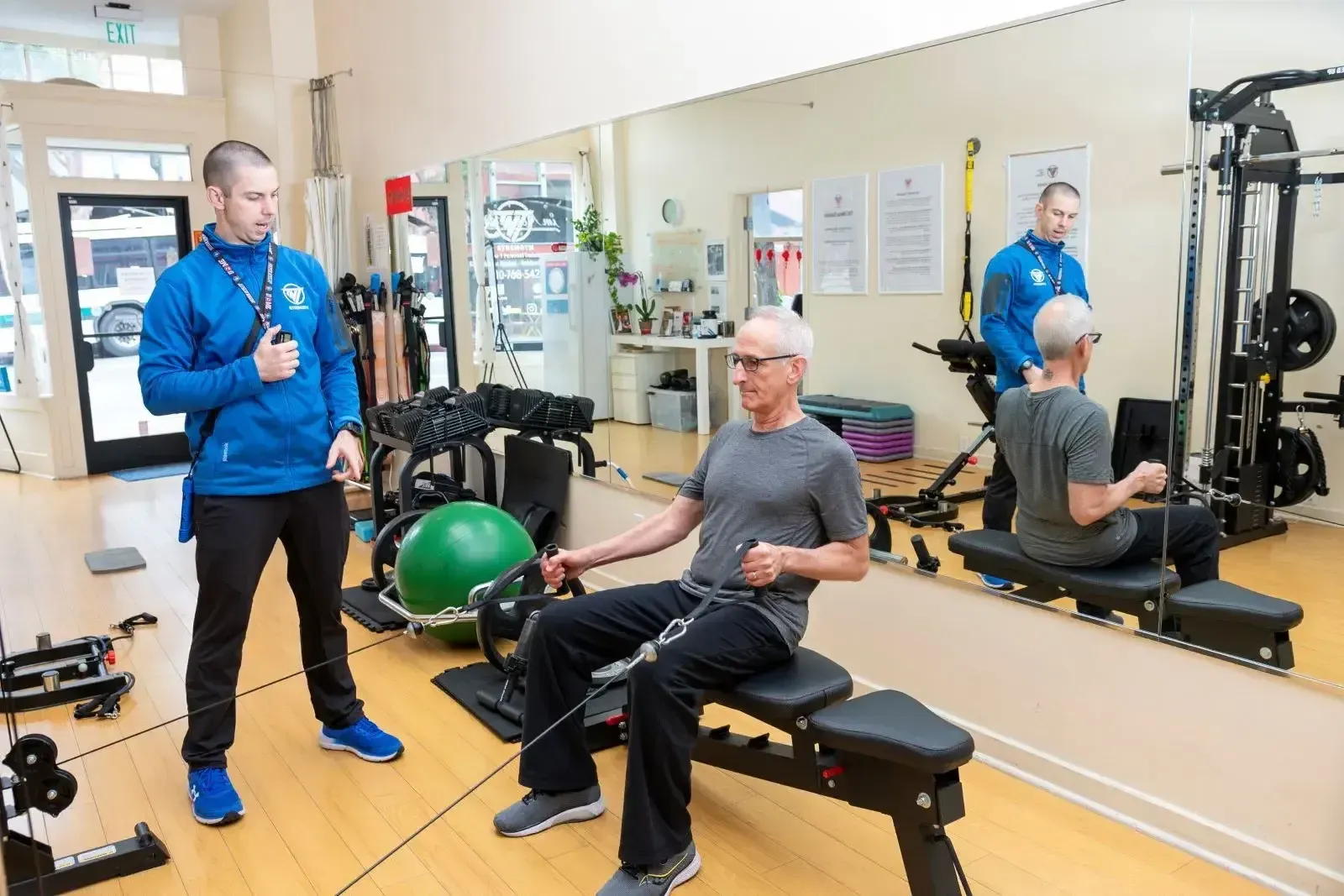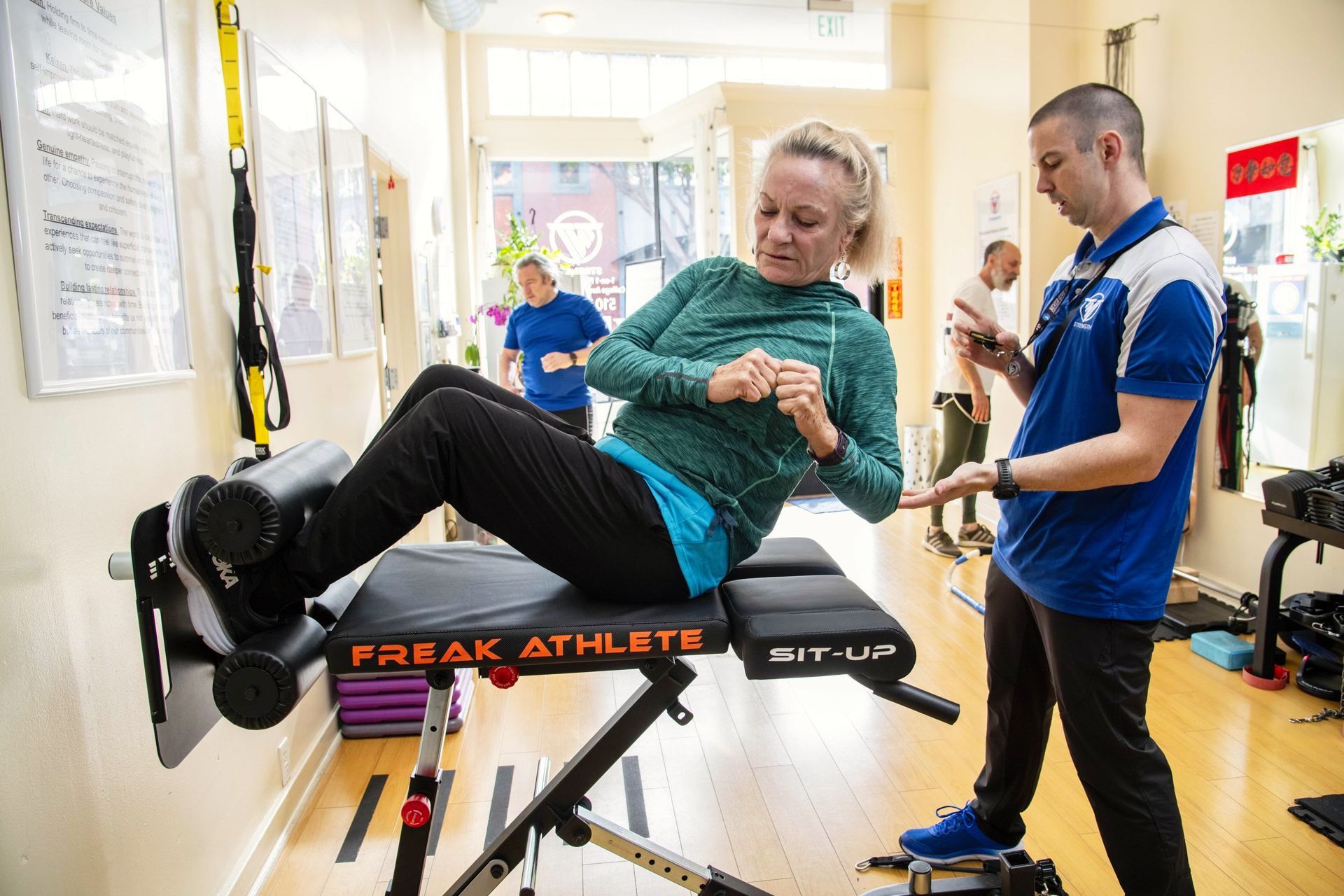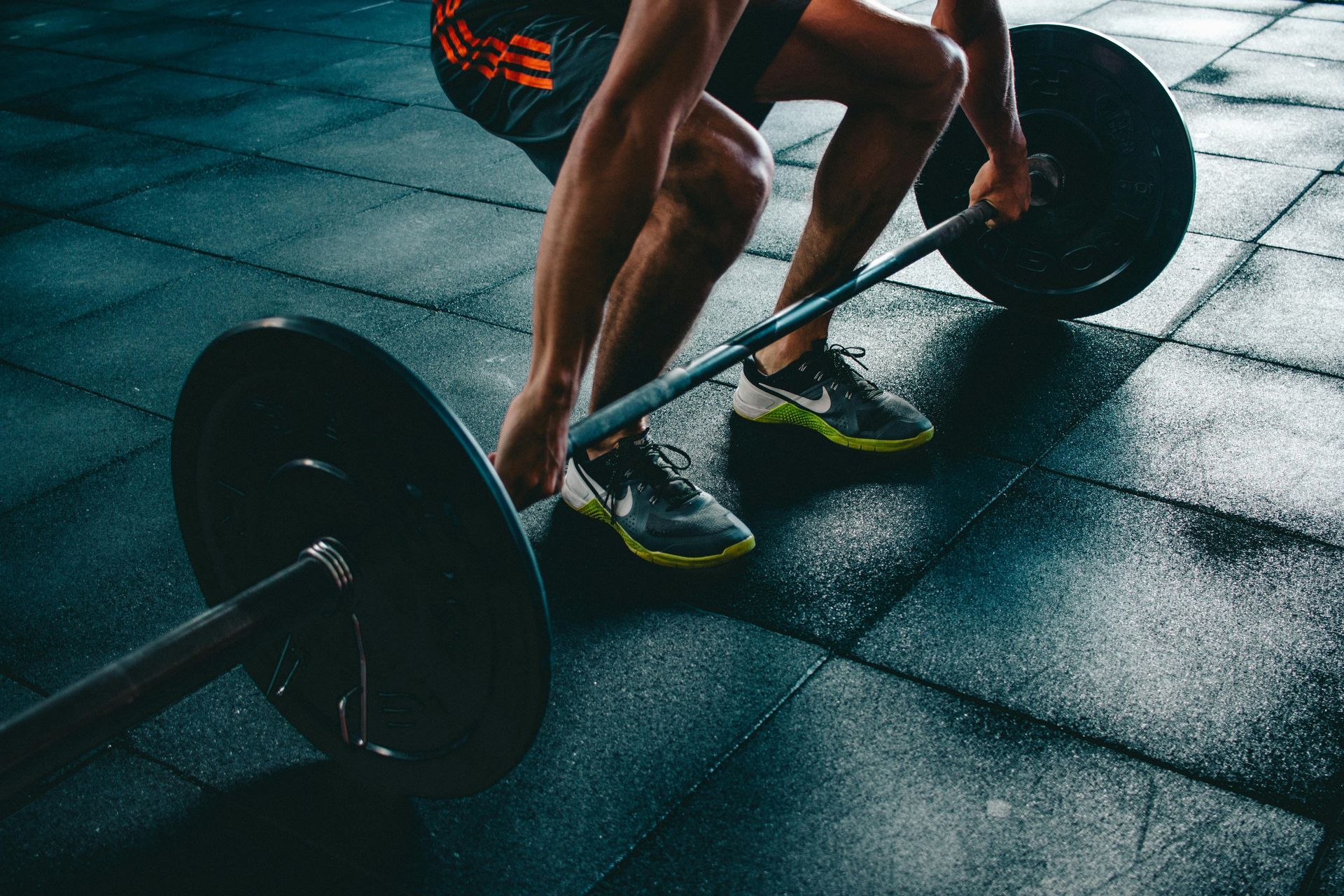The Overlooked Value of Static Holds in Strength Training

When most people think of strength training, they picture heavy barbells moving up and down, explosive reps, and dynamic effort. But what if I told you that one of the most underrated tools for getting stronger, more stable, and even healthier joints...involves not moving at all?
That's right. Today we're talking about static holds —also known as isometric training —and why this old-school technique deserves a fresh look, especially if you're serious about building resilient, long-lasting strength.
What Are Static Holds?
Static holds are exercises where you generate muscular tension without changing joint angle or muscle length . Simply put: you contract a muscle and hold it in one position without moving. Examples include:
- Holding a plank position
- Pausing halfway through a pull-up
- Locking out a squat at the bottom or just below the top
- Pressing against an immovable object (like a wall or machine)
At TNT Strength , we champion efficiency, safety, and effectiveness , and static holds tick every one of those boxes.
Why Static Holds Matter
1. Strength Gains Through Isometric Loading
Static holds have been shown to increase maximal strength, especially when performed at joint angles that mimic sticking points in traditional lifts. According to a 2022 systematic review and meta-analysis published in Sports Medicine , isometric training leads to significant improvements in muscle strength, often comparable to or better than dynamic training in some cases:
"Isometric training improves strength across a wide variety of populations and may be more effective than previously believed."
Sports Medicine Research Study
By holding tension at specific points—especially weak links in a lift—you can shore up gaps that limit your overall performance.
2. Joint-Friendly and Low Risk of Injury
Because static holds don't involve movement, there's less wear-and-tear on the joints. That makes them ideal for:
- Older trainees
- Those recovering from injury
- Athletes needing joint reinforcement without joint stress
A 2021 study in the Journal of Sports Sciences showed that isometric exercises significantly reduce joint pain and can actually improve tendon health when integrated consistently into training:
"Isometric exercise may offer pain relief and improved tendon loading without exacerbating injury."
Journal of Sports Sciences Study
Static holds allow for high levels of muscular tension without excessive load , making them a smart, joint-conscious option.
3. Enhanced Stability and Control
Isometrics challenge your ability to stabilize—especially in multi-joint compound holds like wall sits, overhead holds, or paused deadlifts. These exercises strengthen not only the prime movers but also the stabilizing musculature around the hips, shoulders, and spine.
For athletes, that means improved force transfer and movement efficiency. For everyday people, it means better posture, coordination, and injury resistance.
How to Use Static Holds at TNT Strength
At TNT Strength , we often incorporate timed holds and mid-rep pauses into our high-effort training sessions. Here's how you might see them show up in your program:
- Machine Chest Press: 8-second hold mid-rep
- Leg Curl: Static contraction at peak tension
- Wall Sit: Timed hold for 30–90 seconds
- Dead Hang: For grip and shoulder integrity
You don't need to change your whole routine—just sprinkle in 1–2 static hold variations per session. Start with short durations (10–30 seconds) and gradually build up.
For other blog posts on functional isometrics, take a look here: https://www.tntstrength.com/blog-search?searchTerm=Functional%20Isometrics
TAKU'S NOTE:
Don't overlook the power of stillness.
In a world obsessed with motion, static holds remind us that sometimes the most effective strength gains happen when you stop moving . Whether you're a beginner, a competitive athlete, or someone just looking to stay strong and injury-free into your 60s and beyond—static holds offer a potent and accessible tool.
Give them a try in your next TNT session. Your joints—and your gains—will thank you.
Stay strong,
TAKU
References
- Lum, D. et al. (2022). Isometric Exercise for Strength: A Meta-Analysis.
Sports Medicine.
https://link.springer.com/article/10.1007/s40279-022-01757-3 - Rio, E. et al. (2021). Isometric Exercise for Tendon Pain and Joint Health: Mechanisms and Applications.
Journal of Sports Sciences.
https://www.tandfonline.com/doi/full/10.1080/02640414.2021.1901645 - Oranchuk, D. J. et al. (2019). Isometric Training and Its Impact on Muscle and Strength Development: A Review.
Frontiers in Physiology.
https://www.frontiersin.org/articles/10.3389/fphys.2019.00648/full
Experience the TNT Strength difference with a free workout.
START YOUR FITNESS TRANSFORMATION WITH A
FREE WORKOUT
Complete the form and we'll set up an appointment for you.











